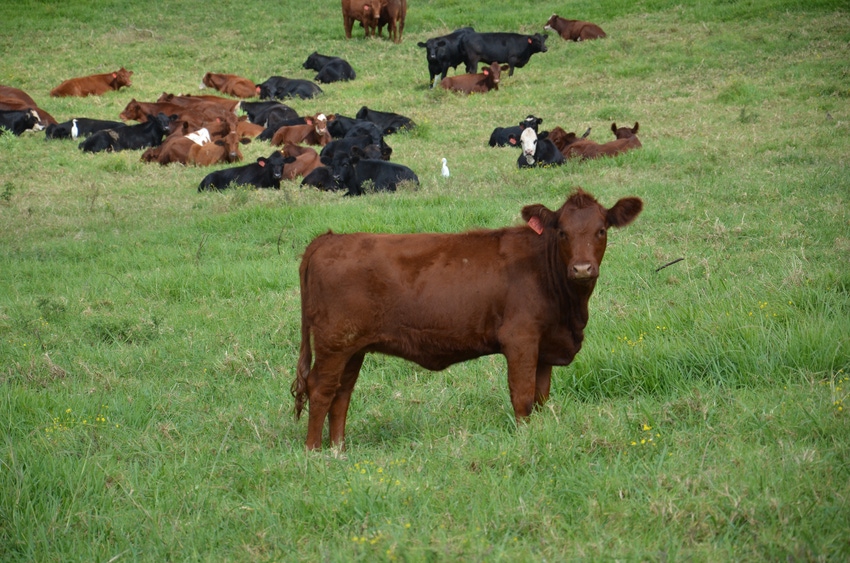Drought in paradise? Ranching in Hawaii has its challenges
The last place one would expect drought to decimate cattle herds is Hawaii. But even in paradise, drought can take a heavy toll.

One would think, standing amidst the lush tropical beauty that is Hawaii, that drought is something the islands would not have to tolerate. After all, you’re not very far from an ocean on every side.
In fact, on Maui, where I am attending the Certified Angus Beef annual conference, you could stand in the middle of the island and not be more than 30 or 40 miles from a beach.
But drought, says Greg Friel, cattle operations manager for the Haleakala Ranch, has forced him to cut the cattle herd from around 2,500 breeding cows to as low as 750 in 2014. Over the last 20 years, he says two extended droughts of 6-8 years each took a tremendous toll on the ranch’s 30,000 acres of grazing land.
READ: Drought's impact on cow inventory
Maui’s Haleakala Ranch is one of the regional winners of NCBA’s Environmental Stewardship Awards Program. I’ll explore ranching in paradise more thoroughly in a future article, but I was struck by the notion that drought can happen anywhere, even in places you’d think would be free of that plague.
But then again, just like ranches anywhere, rainfall is everything. And when it doesn’t rain, the grass doesn’t grow. Even in a place like Hawaii, sometimes it doesn’t rain, or rain enough, or rain at the right time.
Then there’s the dramatic change in elevation and ecosystem zones on the ranch. Pastures run from sea level to more than 8,000 feet. Depending on which side of a mountain they’re on, Friel’s pastures can get as little as 8 inches of rain to more than 60 inches.
That makes pasture management a challenge, to say the least. The mountain pastures are steep, but the volcanic soil grows plenty of grass. And the cows, which have been grazing those pastures since 1888, know how to climb and use the mountainous higher ground well. Babies learn from Mama and the cattle are well adapted to the terrain.
The Haleakala Ranch pastures now are green again and Friel is in road gear. He’s at 1,400 head of breeding cows now and aggressively rebuilding. He weaned part of his calf crop last week and both the steers and heifers look healthy, sleek and ready to grow. Friel will hold back the heifers and many will stay on the ranch to help bring stocking rates back to full throttle.
RELATED: Doubts starting to creep in about El Nino this winter
The steers, after 60 days post-weaning on the ranch, will go to a neighboring stocker operation to grow. They’ll produce some of the beef in the ranch’s farm to fork grass-fed beef program.
Drought is an issue over a lot of cow country and ranching in paradise isn’t exempt. And when drought hits and decides to stay, you deal with it in the same way regardless of where your cattle roam.
Greg Friel knows this. He understands it’s just part of living with the land. He wouldn’t have it any other way—but like ranchers everywhere, he does enjoy a good rain, whenever it comes.
About the Author(s)
You May Also Like



